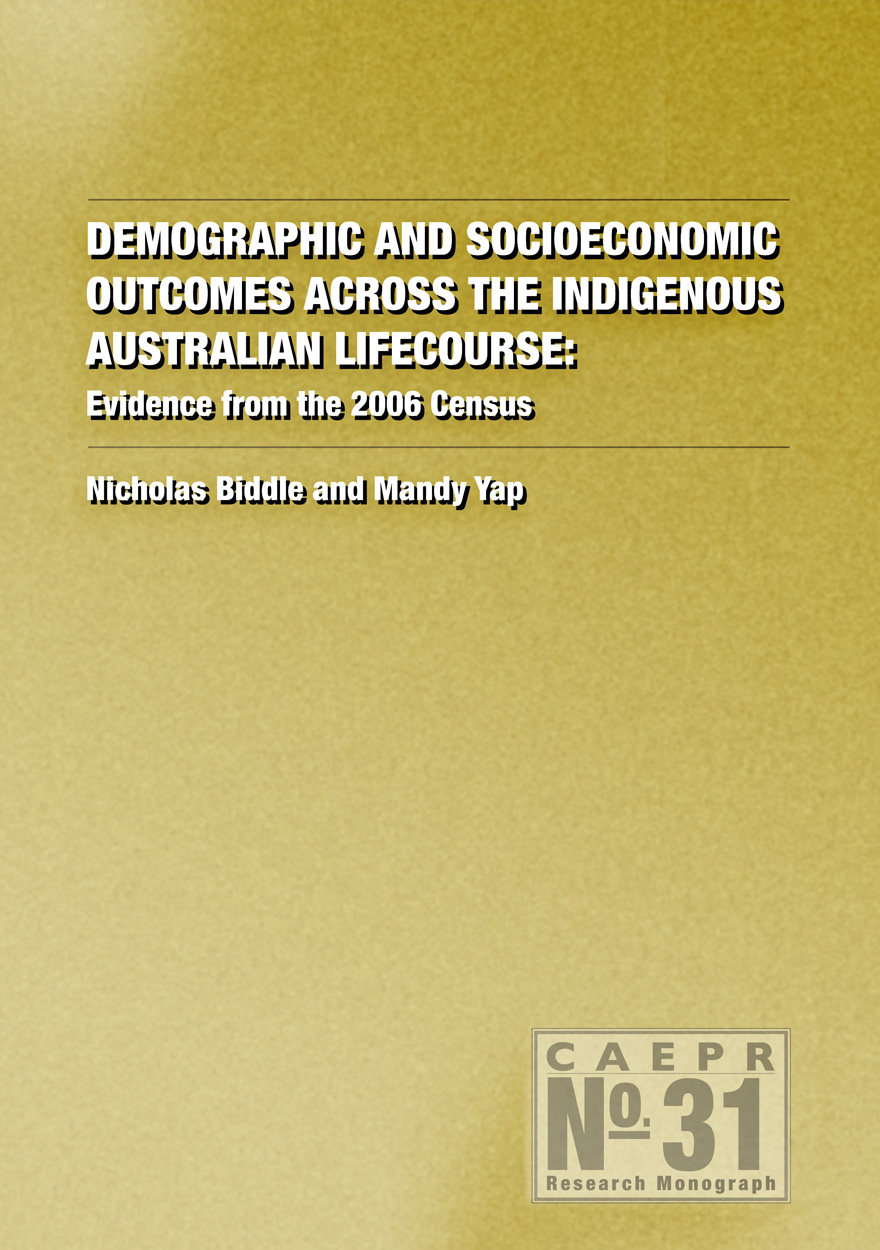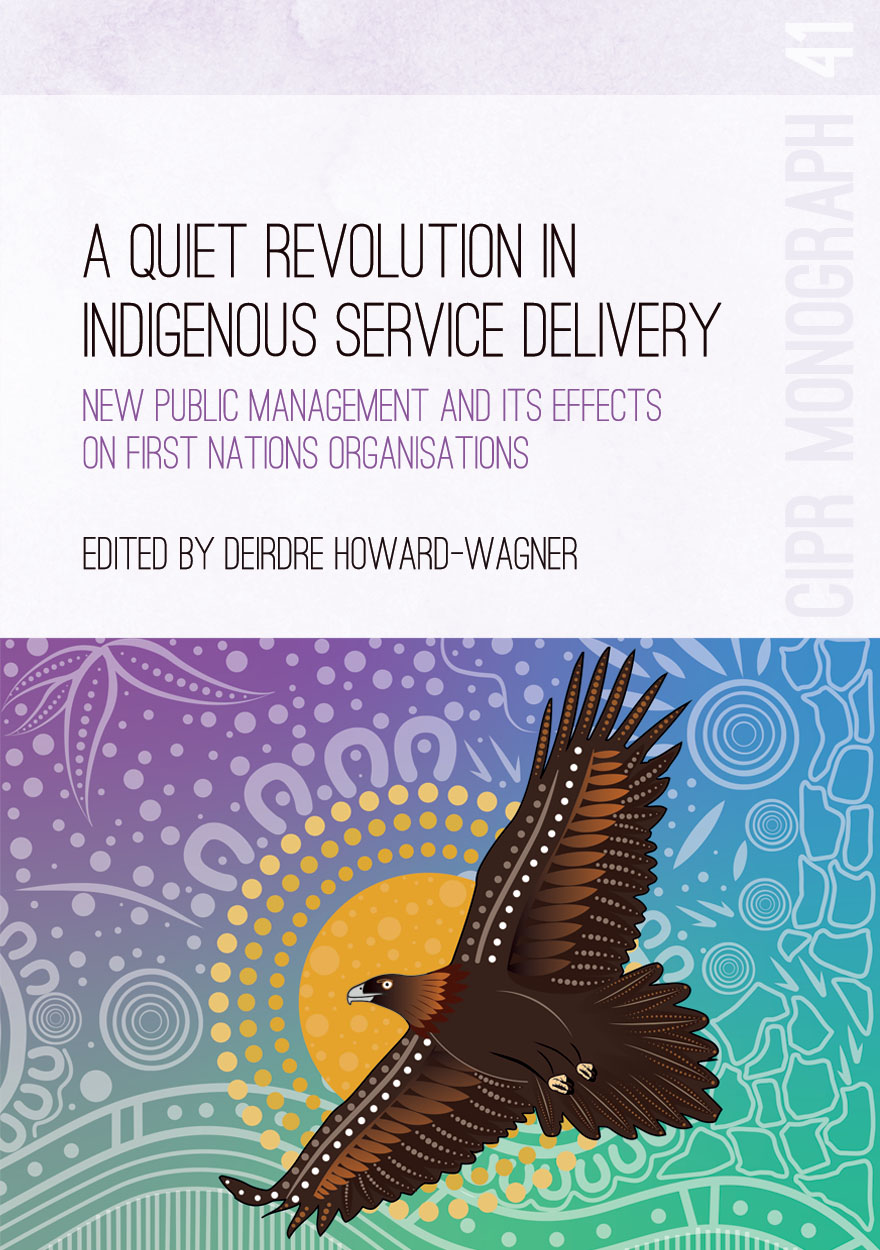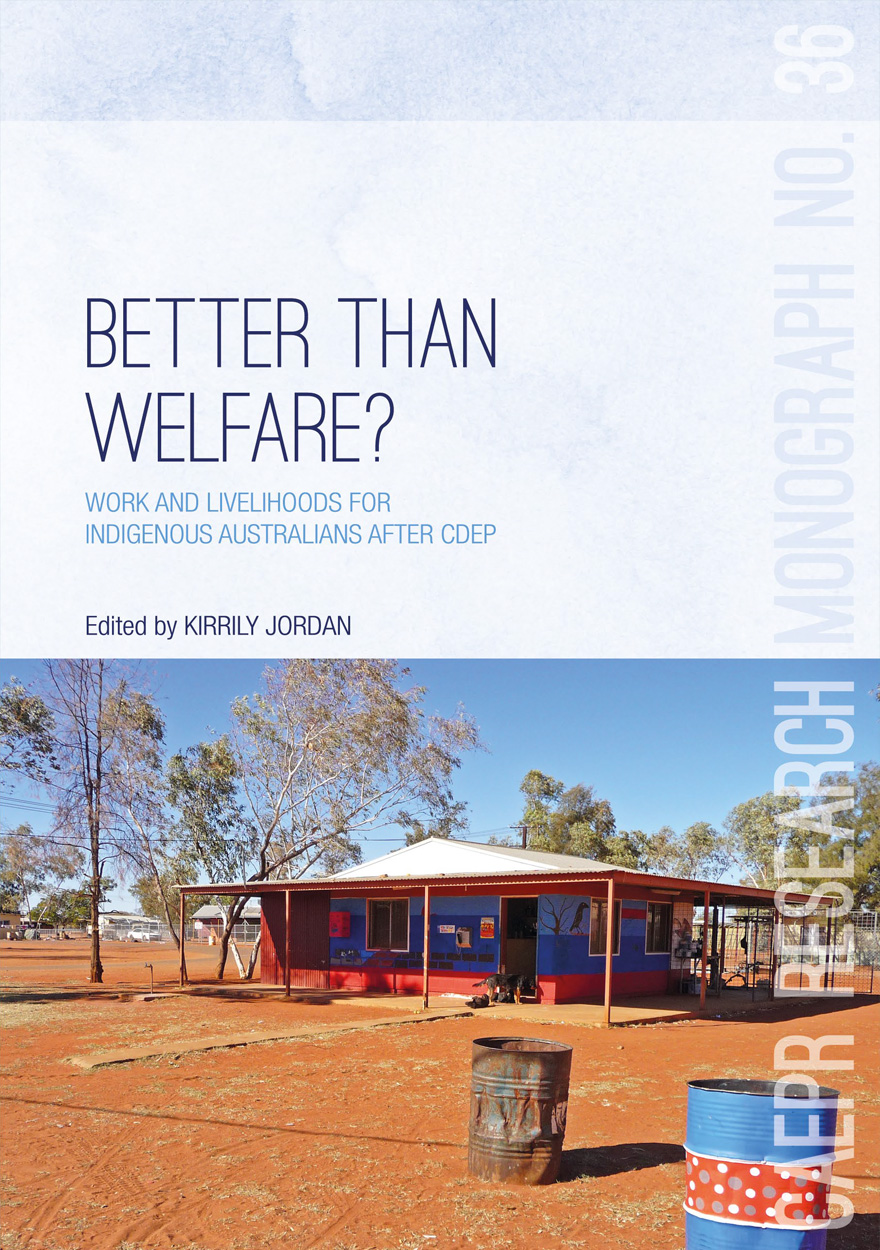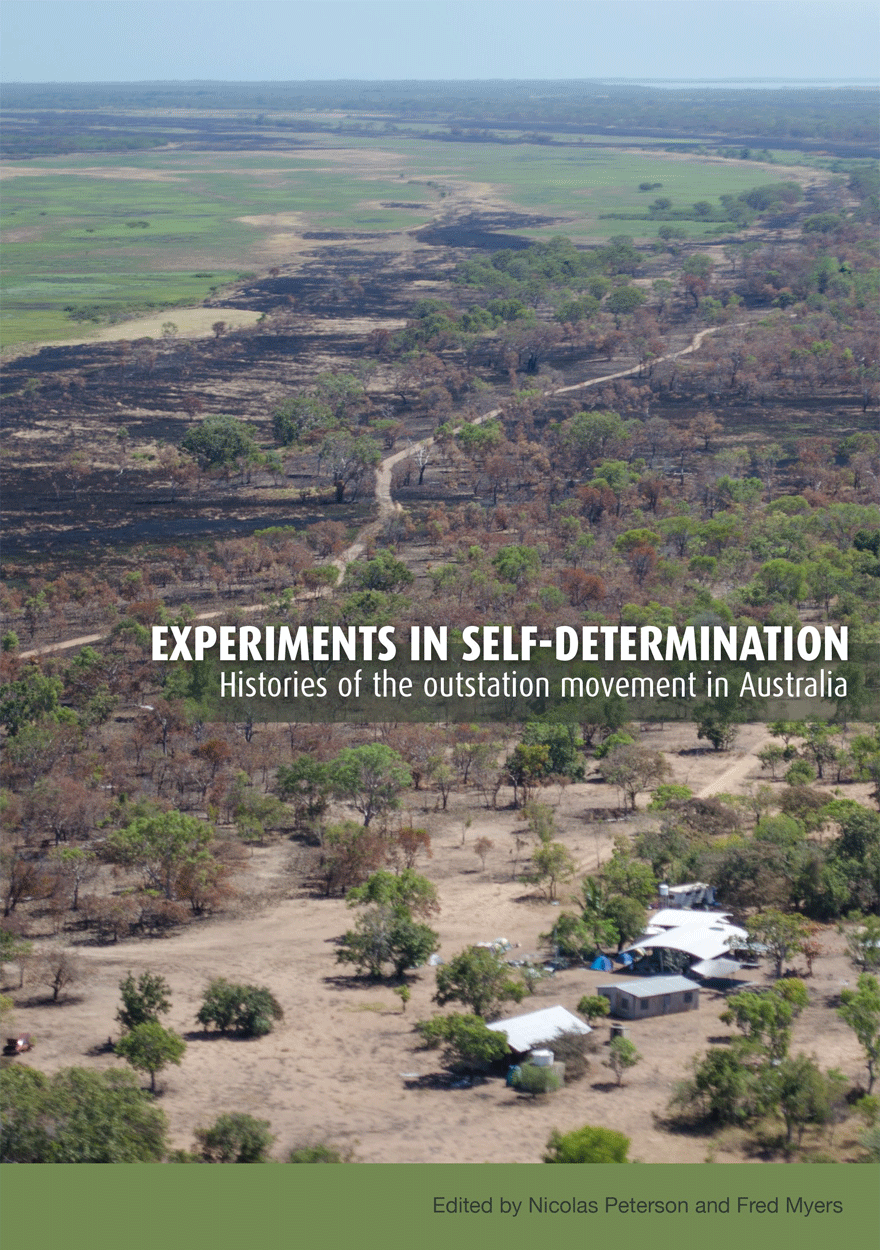
Demographic and Socioeconomic Outcomes Across the Indigenous Australian Lifecourse
Evidence from the 2006 Census
Authored by: Nicholas Biddle, Mandy YapPlease read Conditions of use before downloading the formats.
Description
Across almost all standard indicators, the Indigenous population of Australia has worse outcomes than the non-Indigenous population. Despite the abundance of statistics and a plethora of government reports on Indigenous outcomes, there is very little information on how Indigenous disadvantage accumulates or is mitigated through time at the individual level. The research that is available highlights two key findings. Firstly, that Indigenous disadvantage starts from a very early age and widens over time. Secondly, that the timing of key life events including education attendance, marriage, childbirth and retirement occur on average at different ages for the Indigenous compared to the non-Indigenous population. To target policy interventions that will contribute to meeting the Council of Australian Governments’ (COAG) Closing the Gap targets, it is important to understand and acknowledge the differences between the Indigenous and non-Indigenous lifecourse in Australia, as well as the factors that lead to variation within the Indigenous population.
Details
- ISBN (print):
- 9781921862021
- ISBN (online):
- 9781921862038
- Publication date:
- Dec 2010
- Note:
- CAEPR Monograph No. 31
- Imprint:
- ANU Press
- DOI:
- http://doi.org/10.22459/CAEPR31.12.2010
- Series:
- Centre for Indigenous Policy Research (CIPR)
- Co-publisher:
- Centre for Indigenous Policy Research (CIPR)
- Disciplines:
- Social Sciences: Indigenous Studies, Social Policy & Administration, Statistics & Operational Research
- Countries:
- Australia
PDF Chapters
Demographic and Socioeconomic Outcomes Across the Indigenous Australian Lifecourse »
Please read Conditions of use before downloading the formats.
- Preliminary Pages (PDF, 211KB)
- Foreword (PDF, 49KB)
- Abbreviations and acronyms (PDF, 54KB)
- Acknowledgements (PDF, 47KB)
- The Indigenous lifecourse: Introduction and overview (PDF, 576KB)
- Data and methods (PDF, 309KB)
- Fertility and family formation (PDF, 743KB)
- Migration and mobility (PDF, 686KB)
- Education participation (PDF, 1.0MB)
- Employment (PDF, 1.8MB)
- Housing (PDF, 1.3MB)
- Health (PDF, 677KB)
- Childhood outcomes (PDF, 725KB)
- An Indigenous lifecourse? Implications and limitations (PDF, 3.0MB)
Other publications that may interest you













